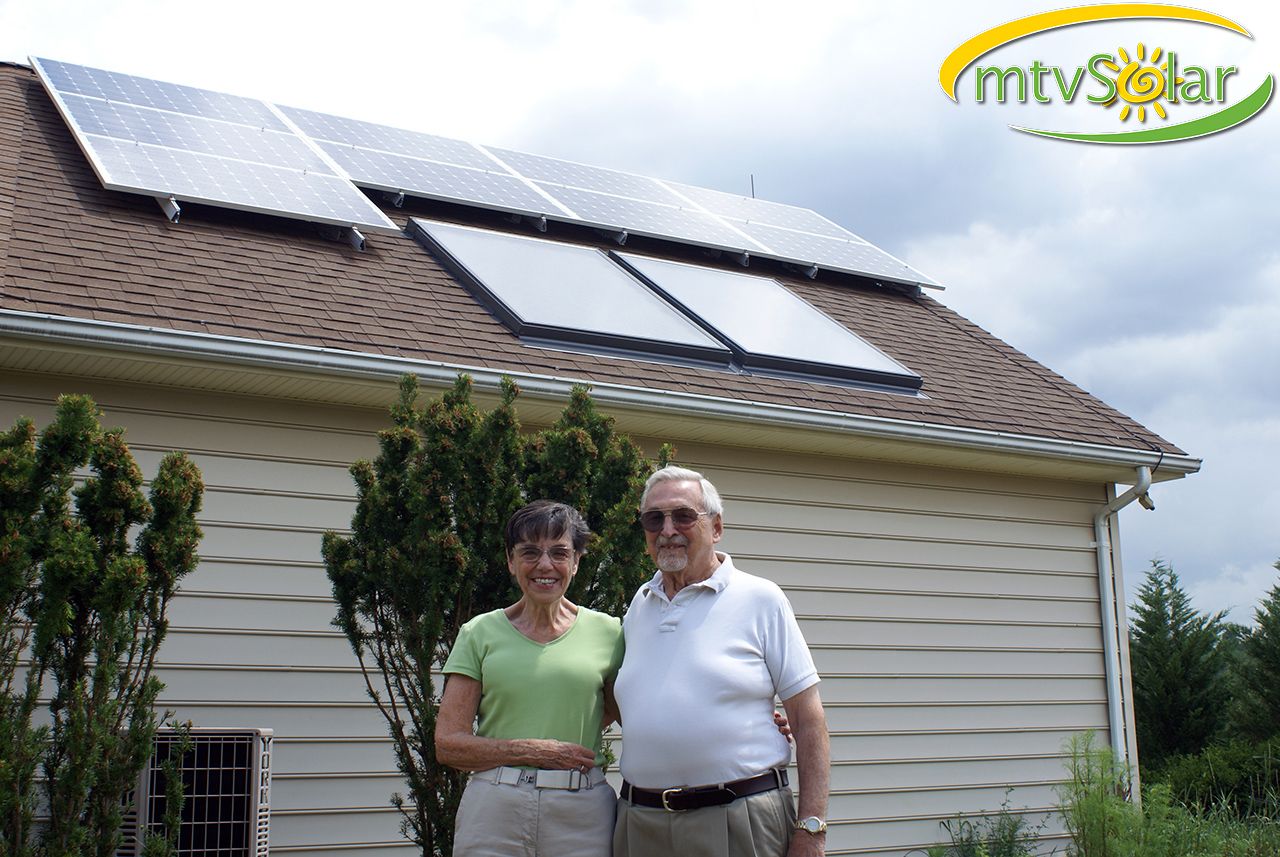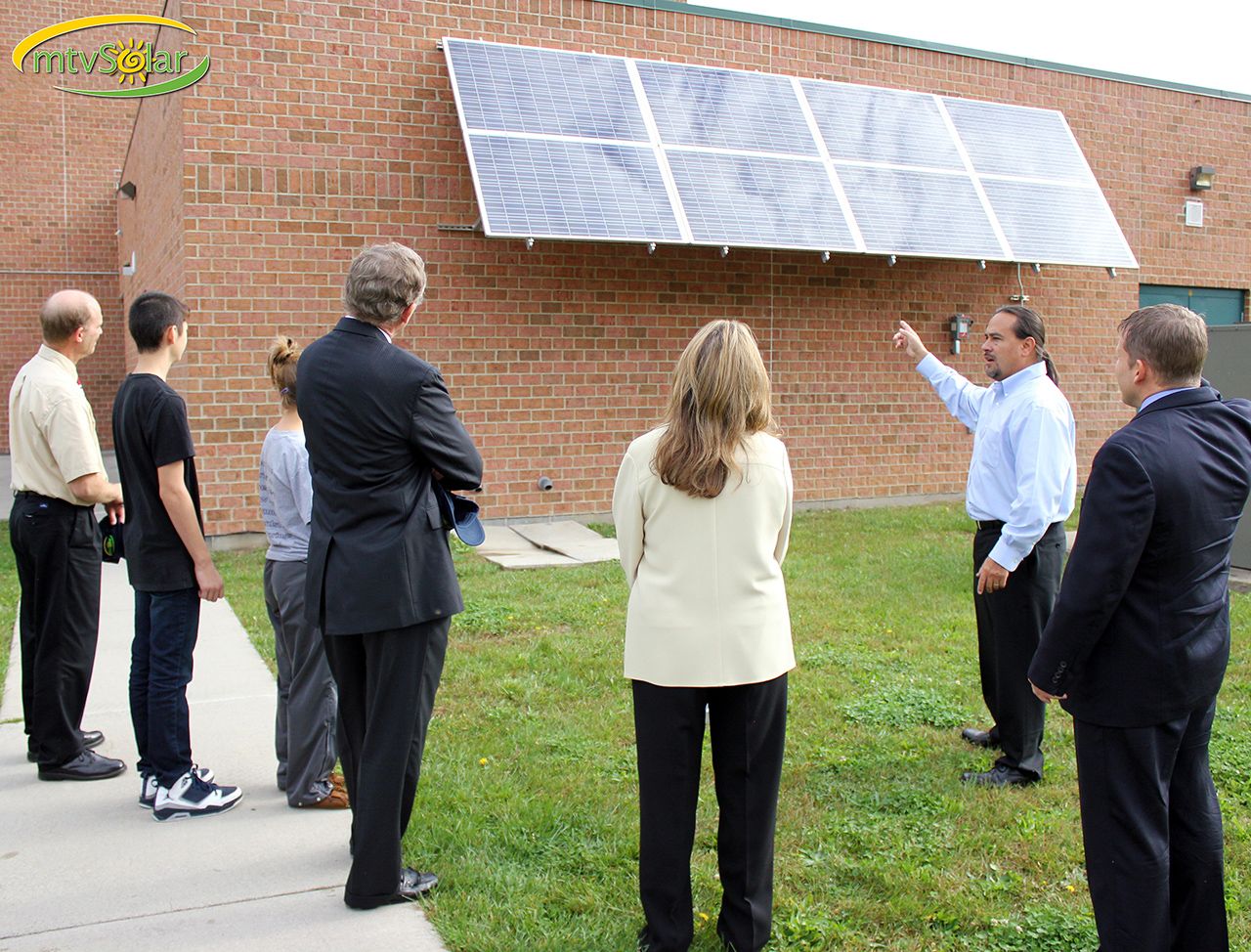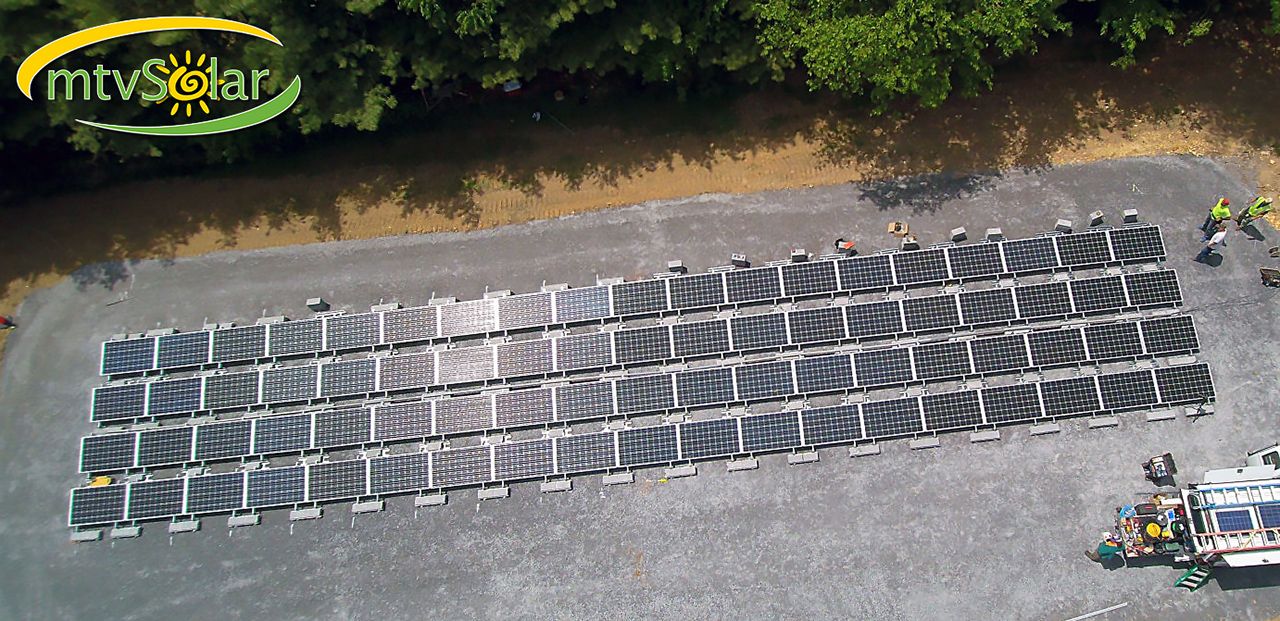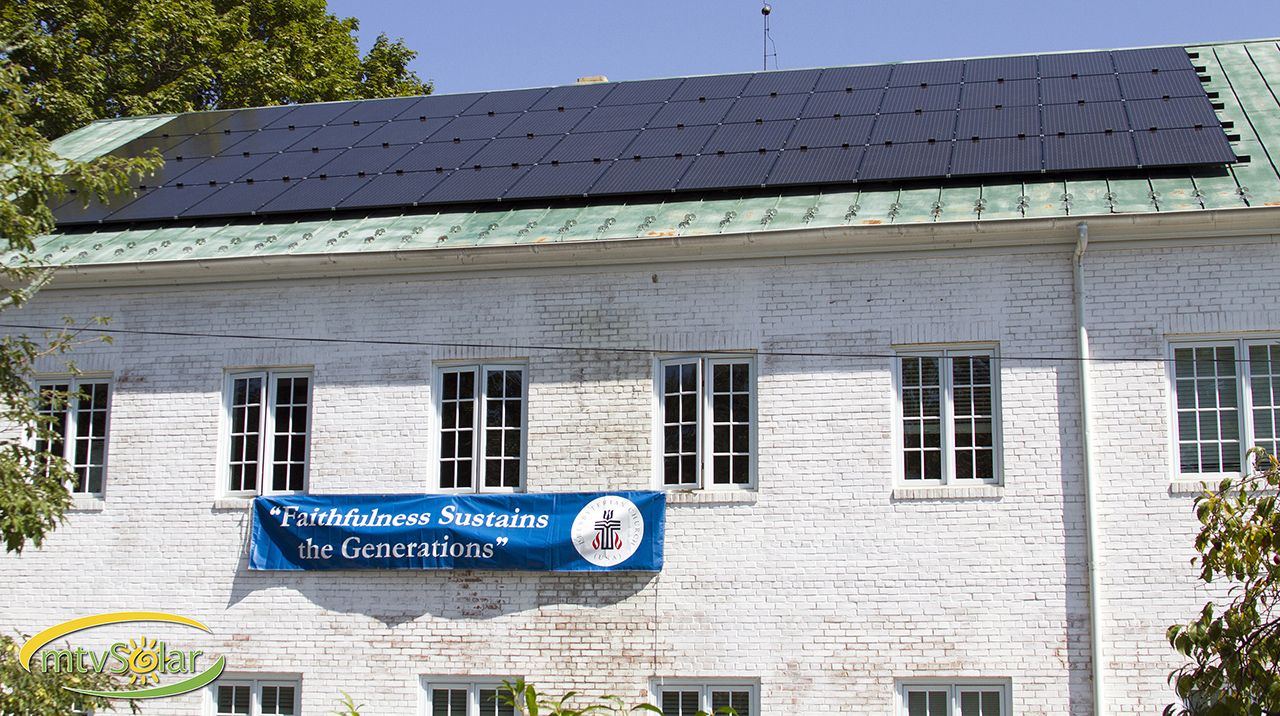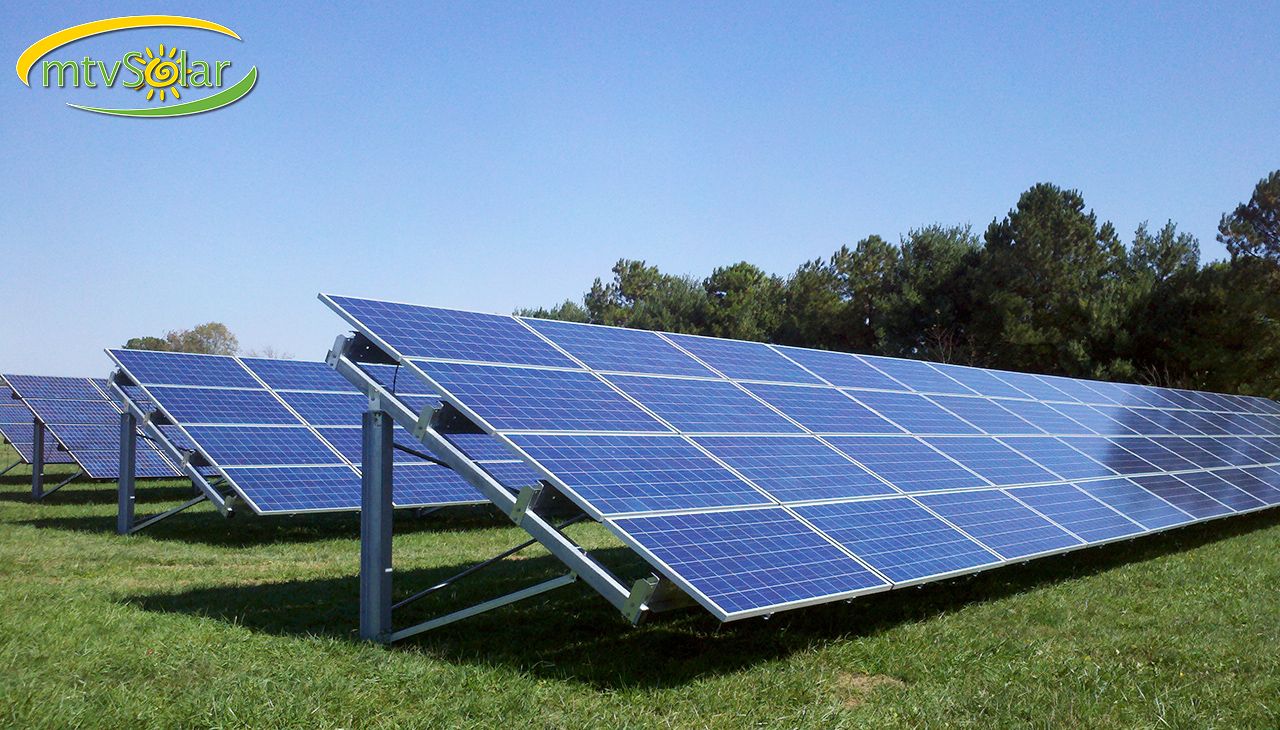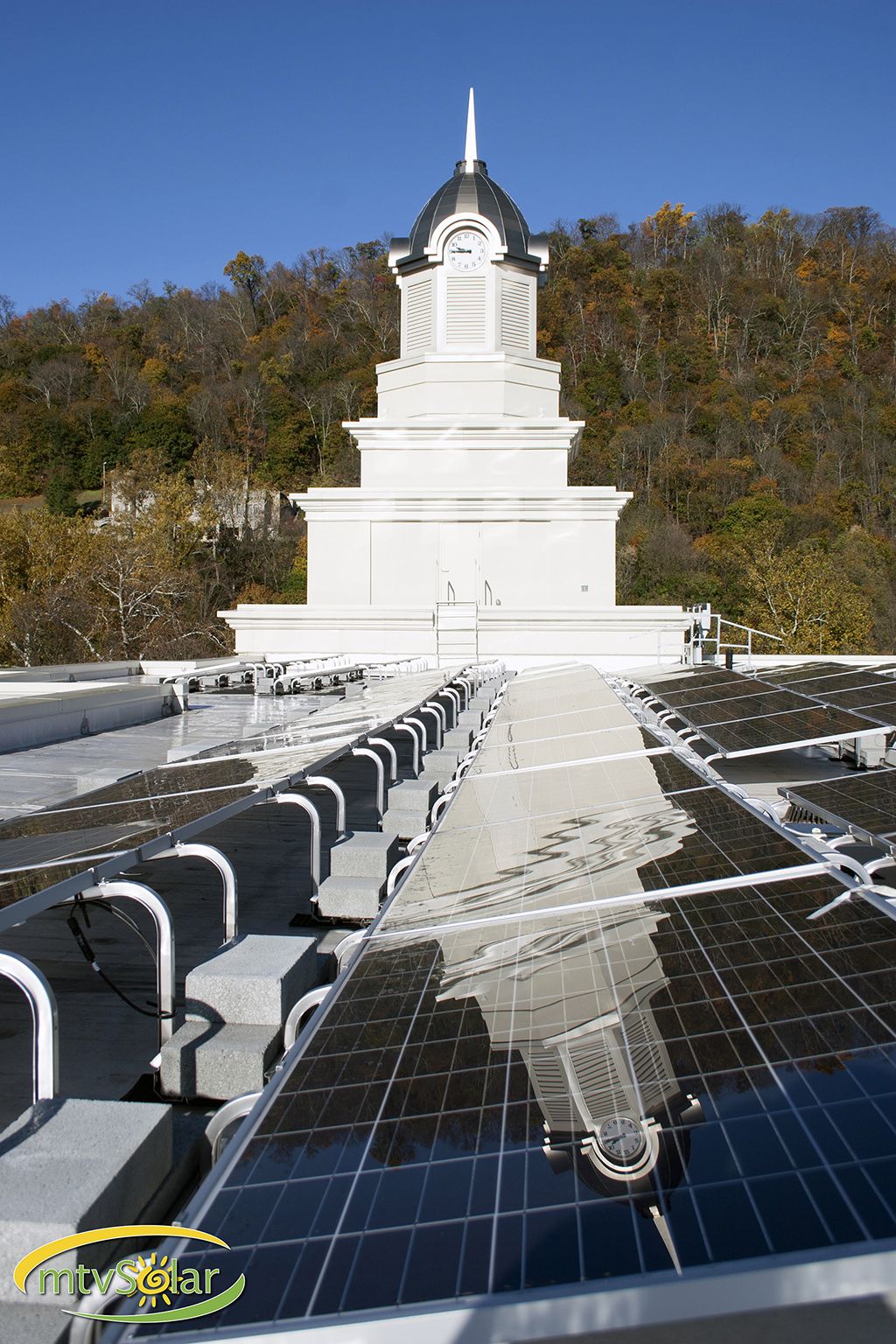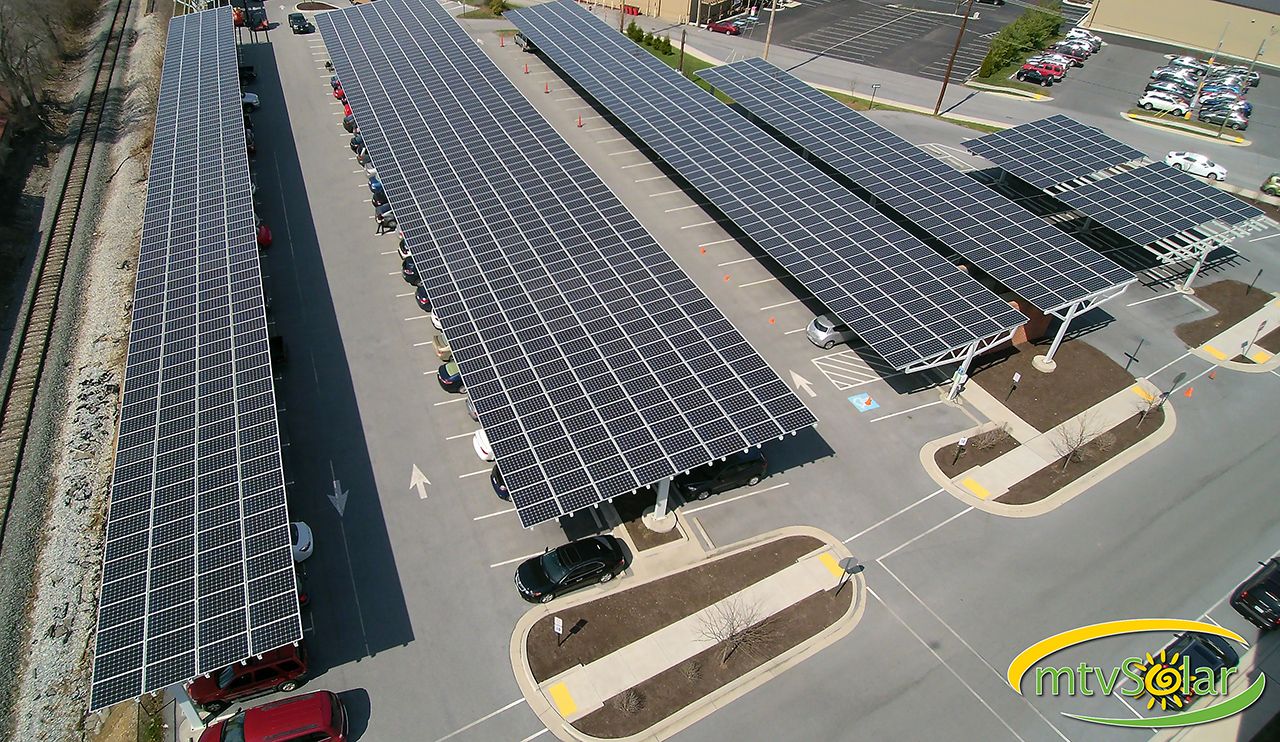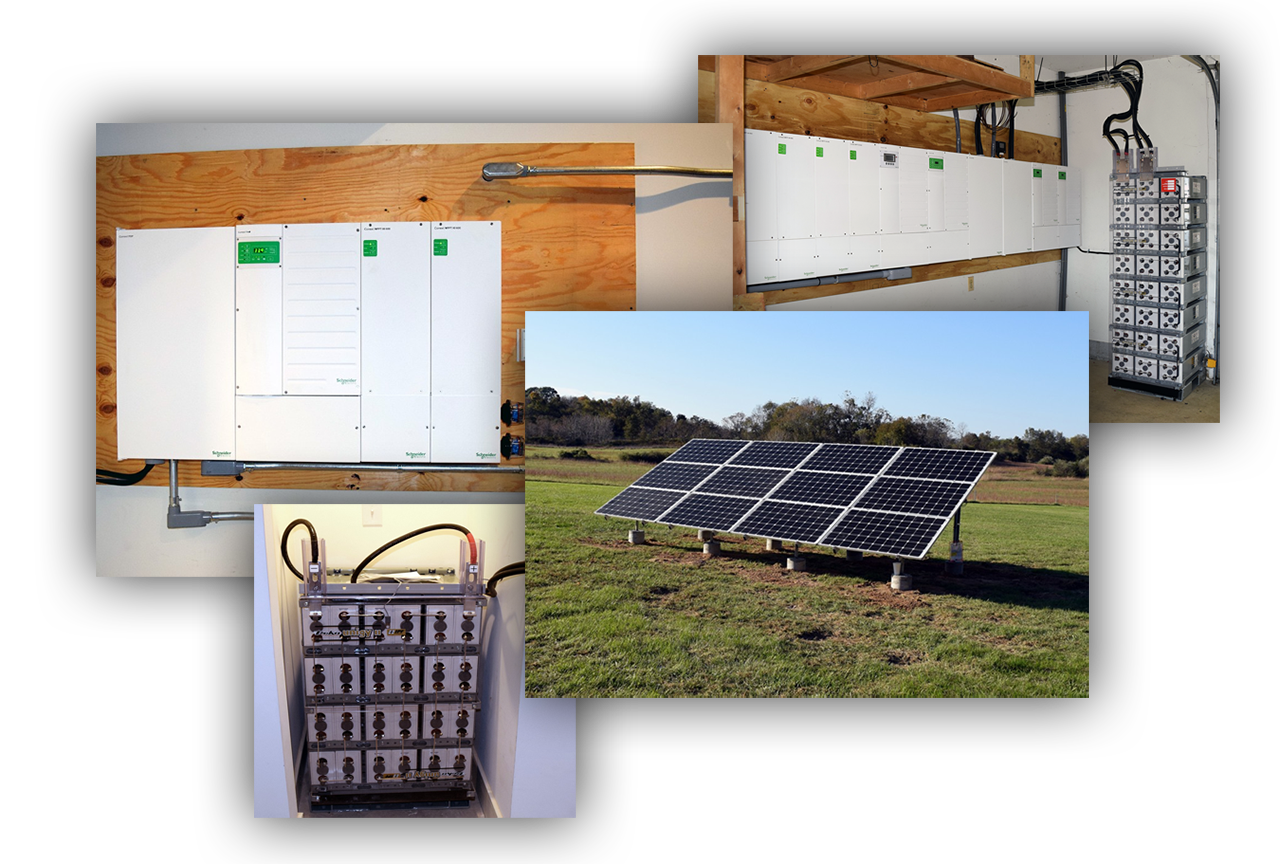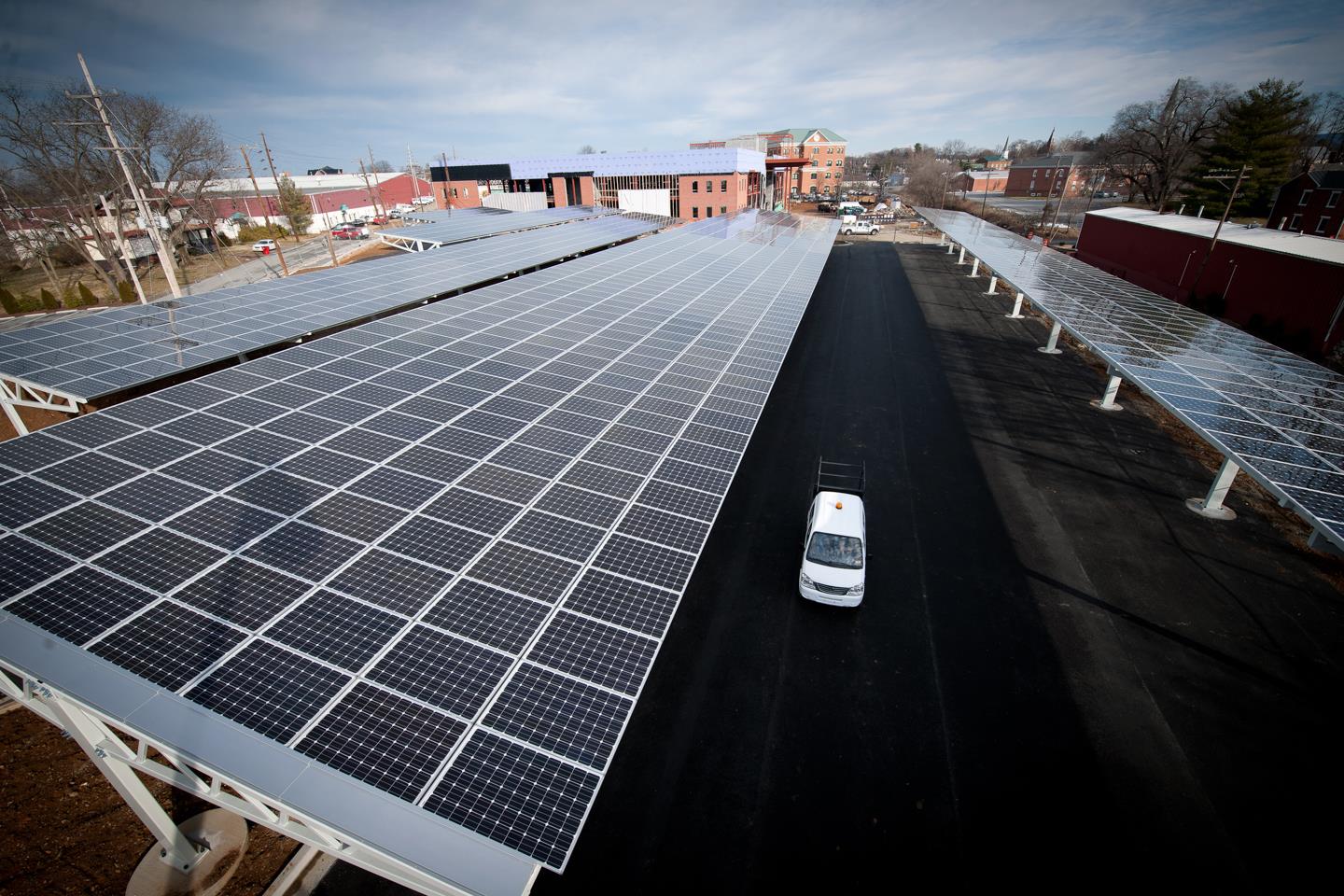 The list of expenses that every business has is a long one. Employees must be paid. An office has to be bought or rented. Business services need to be setup. However, some of these expenses can be reduced and controlled. One such expense is electricity and it can be better managed through the investment in solar panels. The advantages of solar power go far beyond just the basic reduction of monthly electricity costs. The business side economics of installing solar can actually end up increasing an organization’s profits. The following provides a comprehensive look at the advantages when solar is integrated into a company.
The list of expenses that every business has is a long one. Employees must be paid. An office has to be bought or rented. Business services need to be setup. However, some of these expenses can be reduced and controlled. One such expense is electricity and it can be better managed through the investment in solar panels. The advantages of solar power go far beyond just the basic reduction of monthly electricity costs. The business side economics of installing solar can actually end up increasing an organization’s profits. The following provides a comprehensive look at the advantages when solar is integrated into a company.
1. Monthly Savings
The concept that solar panels can actually create savings is becoming more and more sound. A few decades ago, this was not the case. It simply cost too much to install the panels and few, if any, of the government incentives that now exist were around back then. But that was the past.
Over the last few years, while electricity prices have jumped up, the price of solar panel installation has come down considerably. In 2016, the average monthly electric bill of businesses in the U.S. was nearly $655. In some states, such as Eastern Maryland, the average monthly electricity bill can be more than $1,000. Depending on the size of the solar panel system, a business could avoid paying a monthly electric bill all together, or at least make a significant dent in it. And while there is an upfront cost of the solar panel system and its installation, most businesses are able to pay it off in an average of 7-10 years due to tax incentives. After that, the business reaps the reward of free electricity for 25+ years or more with quality equipment.
2. Annual Savings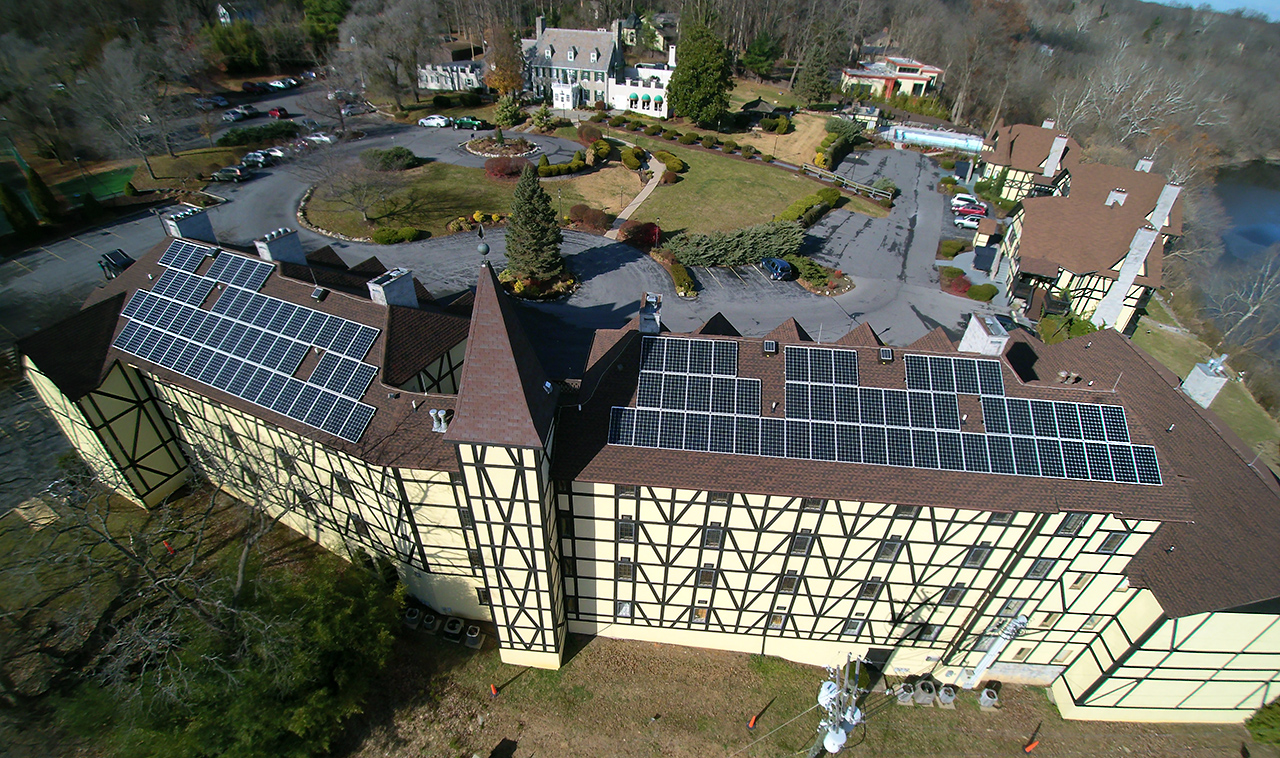
There are additional savings that businesses can begin to see soon after installing solar panels. One of these savings comes from the Federal government’s solar Investment Tax Credit. The ITC provides a 30% tax credit for solar panel systems on commercial and residential properties. This tax credit is so lucrative to businesses and homeowners that solar installations have grown by 1,600% since the ITC’s inception. This tax credit is going to slowly be reduced to 10% for businesses over the next five years, making it worthwhile to consider installing a solar panel system sooner rather than later.
But the tax incentives of a solar panel system go beyond the ITC. There is also the benefit of accelerated depreciation. 1986’s Modified Accelerated Cost Recovery System, or MACRS, allows businesses’ qualifying solar panel energy system to get a five-year cost recovery annual deduction. If a business does not claim its ITC grant, it can get a 100% deductible. If they do, they must reduce the project’s depreciable basis by half of the ITC value, which is usually half of the 30%. In other words, business owners can deduct 85% of their tax basis.
And then there is the bonus depreciation. This additional tax claim that businesses can make was first implemented in the Tax Relief, Unemployment Insurance Reauthorization, and Job Creation Act of 2010. Since 2011, the bonus depreciation sat at 50%, however the full 100% bonus was renewed with the 2018 tax law, details of which can be found in Investment Credit/Energy Credit Code, Section 48 Bonus Depreciation Code, Section 168.
3. Incentives By State
The monetary incentives of installing a commercial solar system do not end with the Federal government. Many states are implementing various incentives for commercial renewables and building efficiency. The following is a sample of the incentives from mtvSolar’s service area:
West Virginia: The state has three financial incentives in place that encourage the use of solar energy systems:
- AEP Appalachian Power-Non-Residential Prescriptive Rebate Program
- FirstEnergy (Mon Power & Potomac Edison)-Business Lighting Incentive Program (Rebate Program)
- AEP Appalachian Power-Non-Residential Custom Rebate Program
Maryland: The state has 2 financial incentives for solar energy systems, including:
- Solar Renewable Energy Certificates
- Property Tax Exemption for Solar and Wind Energy Systems
Pennsylvania: The state has a handful of commercial solar system incentives, including:
- Solar Alternative Energy Credits
- City of Philadelphia-Streamlined Solar Permitting and Fee Reduction
- Alternative and Clean Energy Program
- High Performance Buildings Incentive Program
- Small Business Pollution Prevention Assistance Account Loan Progam
Virginia: The state has several incentives to encourage businesses to invest in solar power, including:
- Arlington County’s Green Building Incentive Program
- Sales Tax Exemption for Energy-Efficient Products
- TVA-Mid-Sized Renewable Standard Offer Program
- Energy Project and Equipment Financing
- Small Business & Non-Profit Loan Program
- TVA-Solar Solutions Initiative
mtvSolar’s consulting team can work with your accountant to determine which incentives are applicable to your business. In addition to solar, mtvSolar can help with energy storage for demand reduction and advanced LED lighting upgrades.
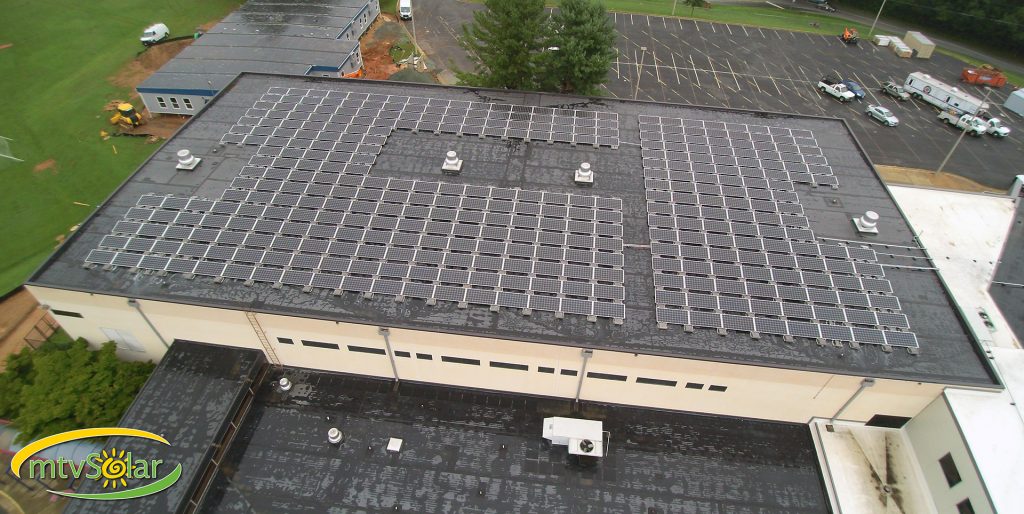 4. Local Economic Growth
4. Local Economic Growth
Many solar installation companies are local companies. They employ local citizens with high-quality work that pays well. These solar employees then invest money back into the local economy with their purchases. When a business hires a local solar company to make an installation, the employees it hires to fulfill that work could very well come back and become customers of that business.
5. Guiding Company Culture
When a company decides to ‘go green’, they are saying something to their employees and the world. They are demonstrating how much they value the environment and they are encouraging their workforce to make similar efforts privately. Employees, especially in the newest generation to join the workforce, want this. They want to work for a company that is sustainable and they are beginning to take this into consideration when they are weighing job opportunities.
6. Increase Profits
Customers care about who their products and services come from. They want to know that no one and nothing is being harmed, and that includes planet Earth. Installing a solar system is a great way for a business to show its commitment to the environment and to making an ethical product or service. Additionally, a great option for getting the attention of current and potential customers is to make a marketing announcement once the solar system has been installed. It is common for mtvSolar’s clients to hold ribbon cutting events and invite the local media.
Solar energy systems are only becoming more and more worthwhile for businesses to invest in. They can add directly to the bottom line, they enhance employee satisfaction, they help to grow the local economy, and they attract customers. To find out more about how your business could benefit from installing a solar energy system, please contact mtvSolar today!

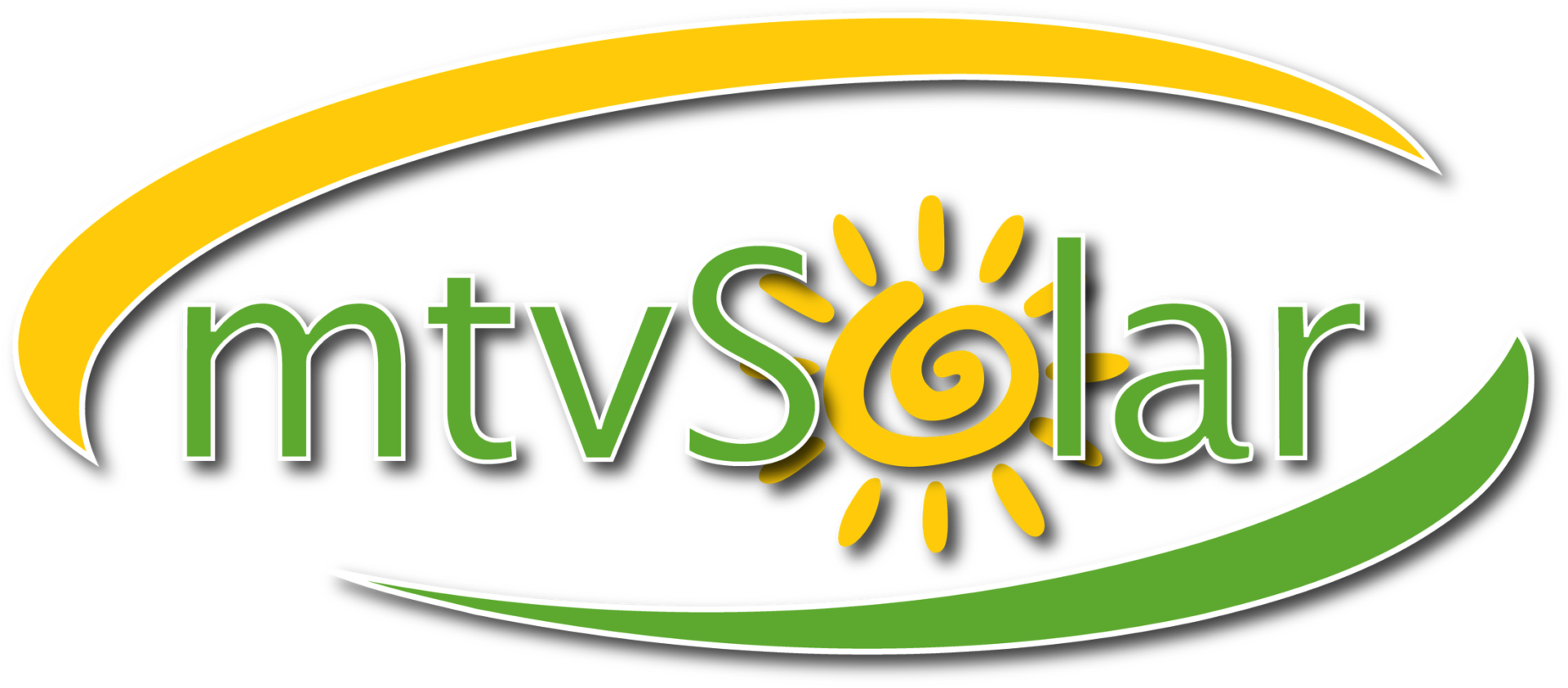
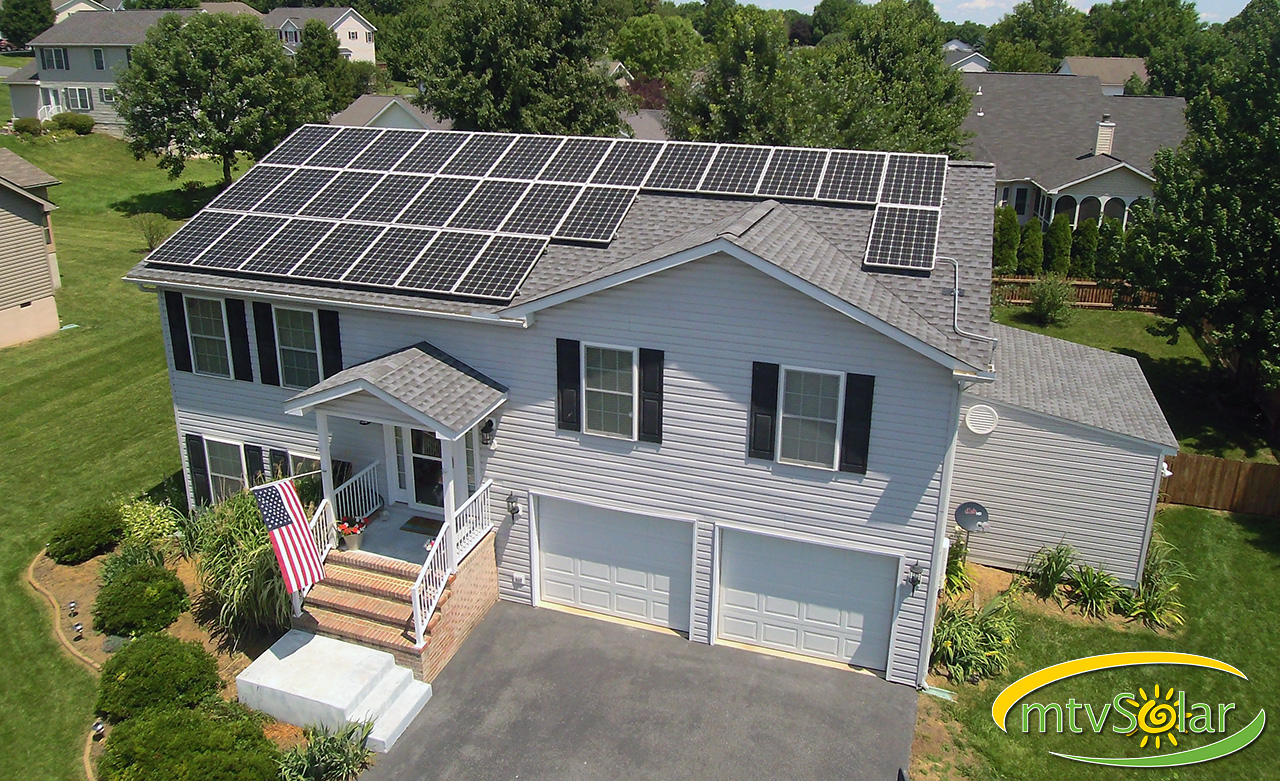
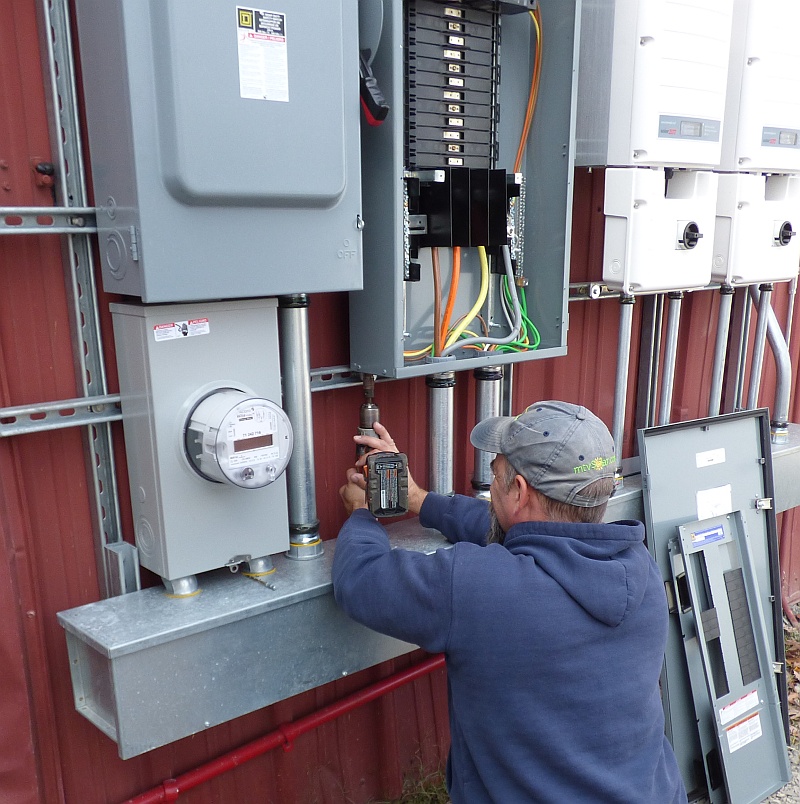
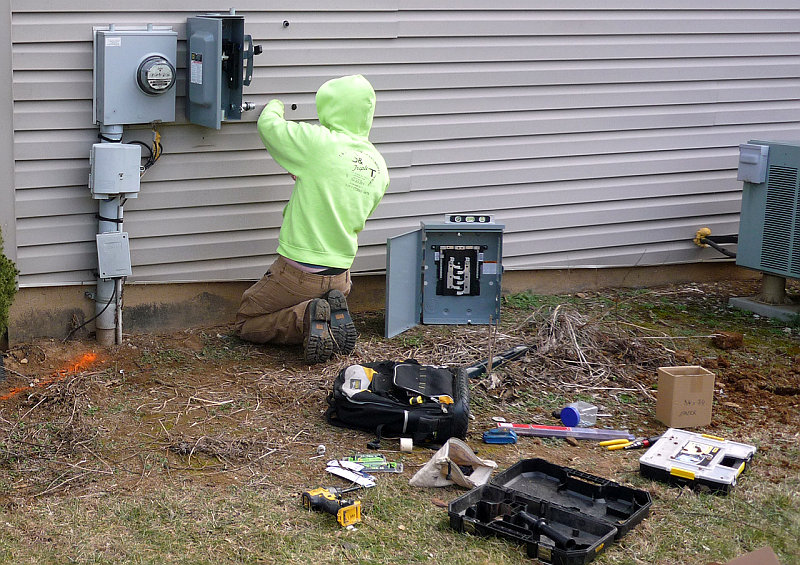 Choosing Your Solar Installation Service Provider
Choosing Your Solar Installation Service Provider
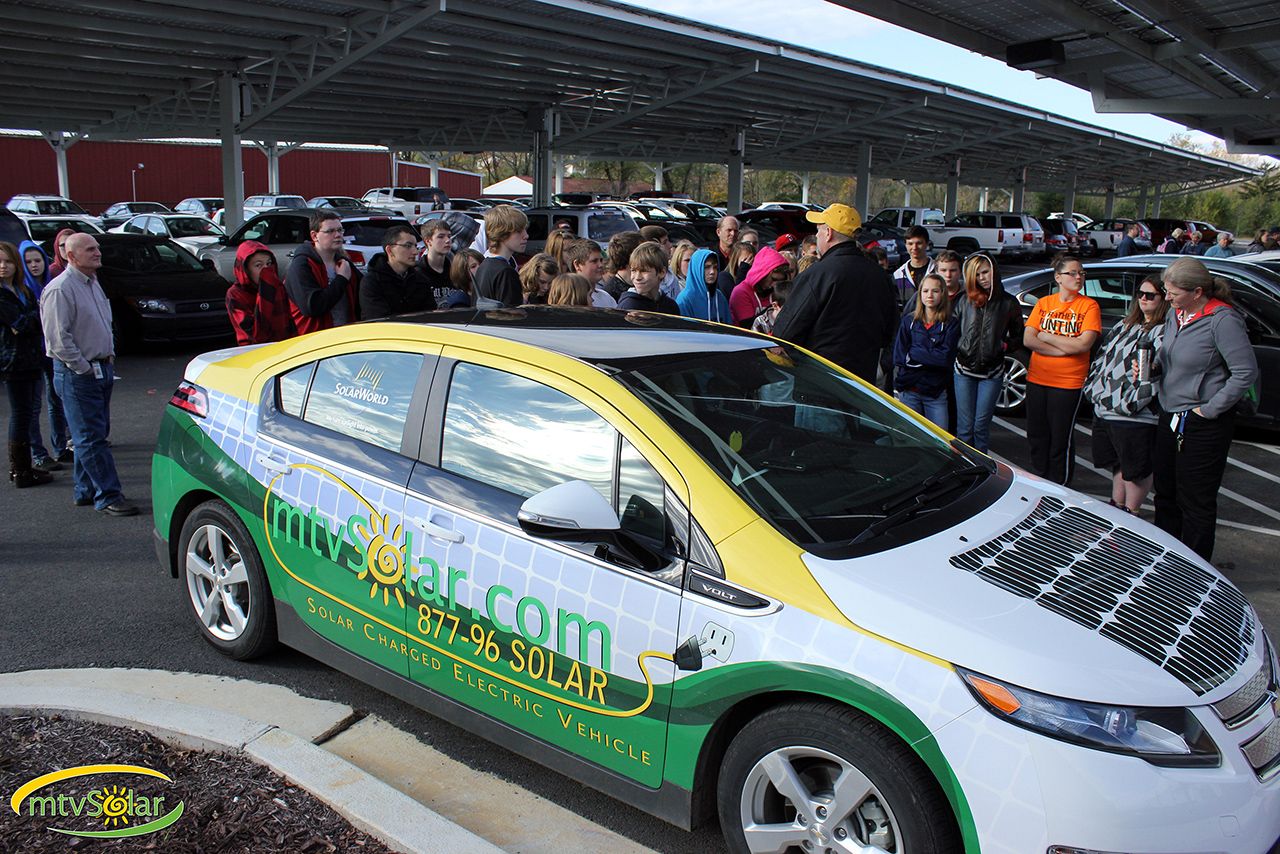 to support renewable energy and its many benefits. Along with the obvious benefit of supplying clean, affordable energy, we are helping shape policies that will create jobs in our industry and in our state. Mountain View Solar’s involvement includes re-training coal miners for work in the solar industry, as well as providing on the job training to interns from local schools.
to support renewable energy and its many benefits. Along with the obvious benefit of supplying clean, affordable energy, we are helping shape policies that will create jobs in our industry and in our state. Mountain View Solar’s involvement includes re-training coal miners for work in the solar industry, as well as providing on the job training to interns from local schools.